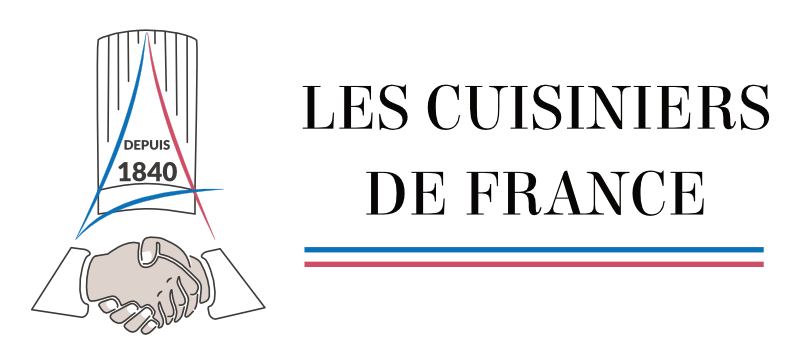At the heart of our history
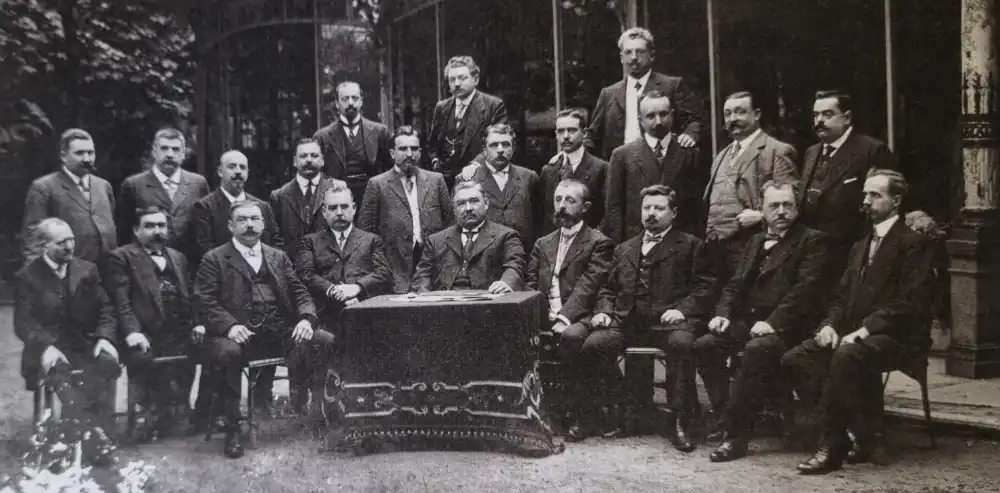
1840 : Birth
1and April is created the Société de Secours Mutuels des Cuisiniers de Paris. It resulted from the merger of two existing associations: Laurentine and Société des pieds Wet (her members used to meet in the morning for hiring on the tile of the Halles).
The association has three main objectives:
- Fight against employment offices which control the labour market of cooks following the rise of the profession in the first half of the XIXe and to charge the inmates for their services
- Combating unemployment
- Developing mutual assistance between its members
Provided that the cooks are up to date with their contribution (1 franc / month). The Association proposes the following actions:
- Free placement and provision of extras
- Medical care and medicines
- Daily allowances for sick leave
- Maternity allowance
- Relief allowances for widows and orphans
- Retirement pension for cooks over 55
- Funeral expenses
1841: Association structure
On January 20, 1841, the first President, Amant Hardy was elected and in November, The Association has its first statutes. It then has 885 members.
1842 – 1843: difficult years
In September 1842 the Association had 1,570 members: a real success! But life is difficult, those who have a job have difficulty paying the contribution and those who are unemployed are unable to pay it. The Association is dissolved for lack of funds. A Central Management Committee is established to review the statutes and a Manager remains in place.
1844 – 1845: rigor to bounce better
The contribution increases to 1.50 F per month, a membership fee of 5 F payable in 3 times is introduced.
Members who are not current members of the Board of Directors shall be removed from membership and members of the Board of Directors who are absent without excuse at a meeting shall be fined 2 F. This rigorous management will bear fruit.
1846: The Renaissance
The Association changes its name and becomes the Société des Cuisiniers de Paris. You can open a savings account and deposit 1,000 F.
1847: a rough year
The July monarchy, the constitutional monarchy with as King Louis-Philippe Iand, imposes the prohibition of assembly and association. As of July, supporters of a reform of the suffrage then initiate « Banquet campaign », where toast turns into political discourse. The Association no longer meets but constitutes the Central Bureau of Cooks, leaving on site a Manager as in 1843.
1848: Association resists revolution
The February Revolution caused the abdication of the king and the advent of the Republic. In September,e President of the Second Republic signs the official recognition of the Société de Secours Mutuels des Cuisiniers de Paris. As early as October, the Association ceased the functions of the Central Bureau and took over its former name: Société des Cuisiniers de Paris.
1852: the transition to philanthropy
Creation within the Société de Secours Mutuel of a Philanthropic Society of Culinary Artists, the first meeting of which will take place on December 10, 1853. The Association then takes the name of Société de Secours Mutuels and Prévoyance des Cuisiniers de Paris.
The first act will be to attach the services of a doctor, Dr Roy: society anticipates in its own way what would become a century later occupational medicine. The effective date of operation of philanthropy is set at 1and January 1854, registration is compulsory for all Major Members
1856: Philanthropic movement continues with orphans
In January, an annual ball was established to open a fund for orphans.
1857: retirement and new recognition
An imperial decree officially recognizes the company as Société de Secours Mutuels and Retraite des Cuisiniers. This recognition earned him government subsidies. A pension fund is created. The Association settles in larger premises at 52 rue de la Petite Truanderie.
1870: War, Commune, Third Republic
These tumultuous years have not allowed serene management of society or philanthropy. From the exceptional war relief to the reduction of contributions for those who were unable to work during the Paris headquarters, to the increase in the salaries of doctors, the Association is facing. It will take a few years to find a balance.
1884 & 1887: two new moves
The company's headquarters are first transferred to 27, rue Etienne Marcel and then to 2, rue Turbigo.
👉 1890: a new member to make talk about him
On February 21, a new member was admitted, his name being Léopold Mourier. No one knows that he will be the greatest benefactor of the Society.
👉 1903: a new President who will mark history!
Leopold Murier is widely elected President of the Society at the General Assembly on 30 October.
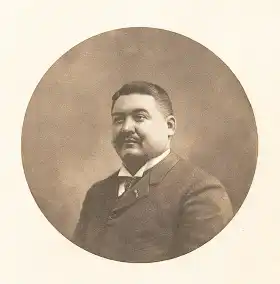
1912: an exceptional duo!
Francis Carton is elected Director-Manager of the Society. Philanthropic in soul, energetic, he will form an exceptional duo with Léopold Mourier. Together, they will accomplish a gigantic work for the Society.
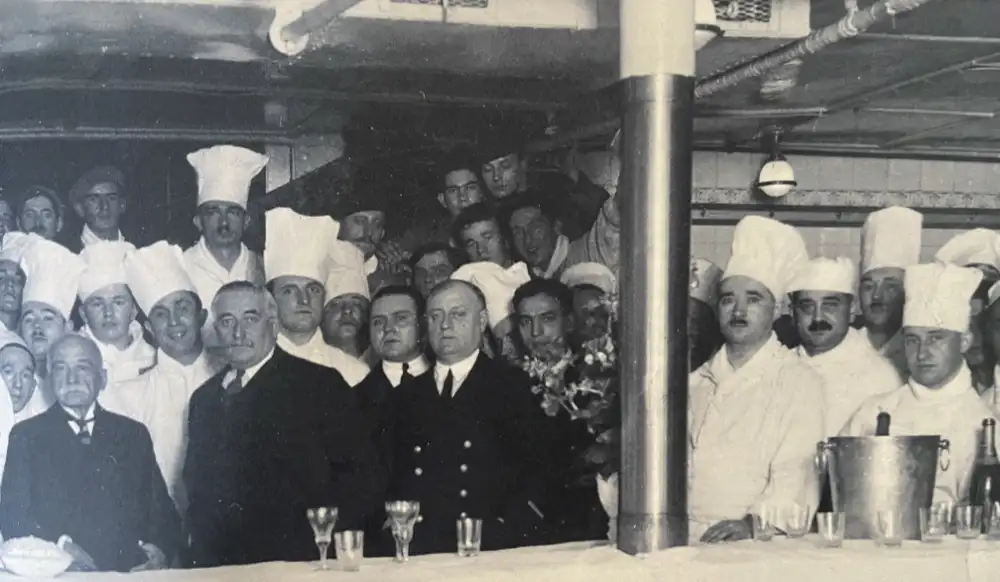
1914 – 1918: The Great War
The great family of cooks is not spared: 246 members have fallen into the field of honour.
The Corporation continues to advance: full surrender of contributions to those under the flag, creation of an immediate relief fund to assist the families of the members involved, creation of the Family House which includes an orphanage and a retirement home, first studies of the publication of a monthly bulletin « The Culinary Review »,
1917: Saint-Roch Street
1and July, the association settles at the historic center located at 45 rue Saint-Roch in the 1and arrondissement of Paris.
1919: Recognition
On 28 March, the Société de Secours mutuel et de retraite des chefs de Paris was recognized as a public utility by decree.
On June 26, The Family House is officially inaugurated.
The professional course for young people is open: the foundations of a hotel school are laid which will then give birth to the mythical school on Rue Médéric.
1920 : La Revue
The project set aside during the war is resumed:
1and April appears the first issue of the Revue Culinaire.

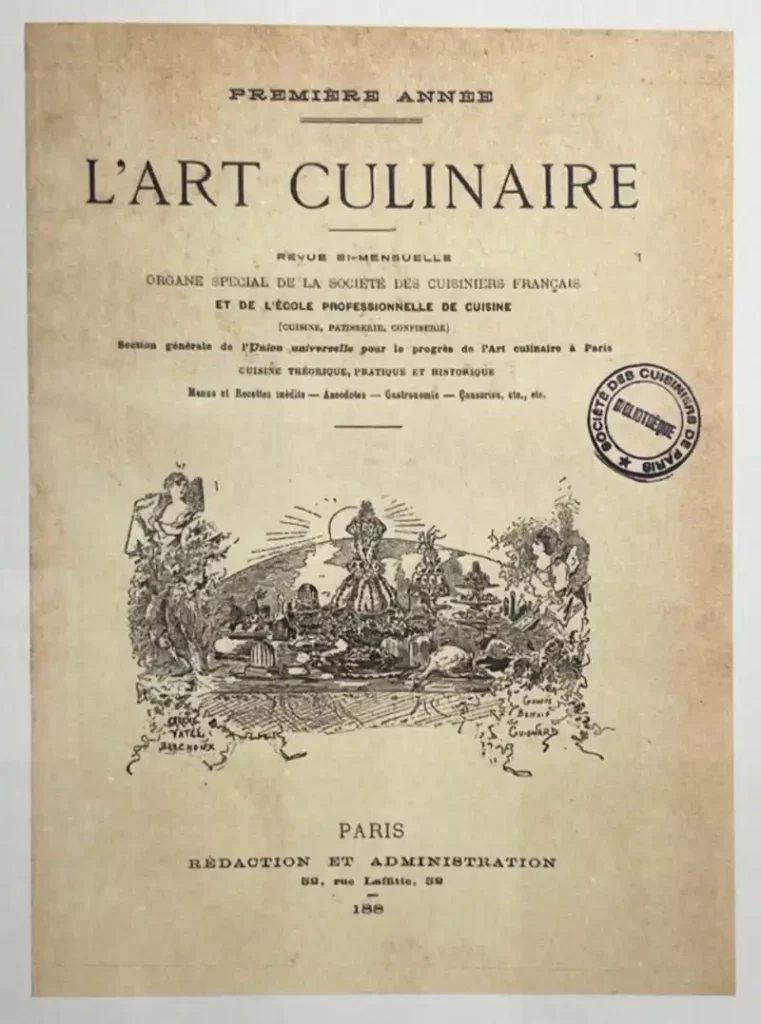
To the visual left of the first copy created in 1883 by Auguste Escoffier and Philéas Gilbert founder of the Culinary Review with Prosper Montagné.
At that time The magazine was called "Art Culinaire".
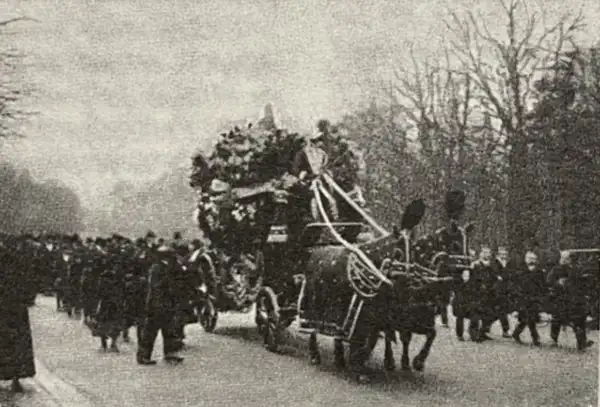
👉 1923 : The Society loses its President
On 17 March, Léopold Mourier died prematurely at the age of 60 at the Armenonville Pavilion.
3,000 people will follow the procession of his moving funerals through Paris.
Léopold Mourier made the Société des Cuisiniers de Paris its universal legatee.
Francis Carton was unanimously elected to succeed him.
1930: Health and Antonin Lent
An Old Age and Sickness Primary Social Insurance Fund is organized: 16,000 accounts opened.
Creation of the disciples of Antonine Lent who meet each year around the recipes of the great cook for the benefit of orphans.
1935: change of President
Francis Carton, who had strongly marked the presidency of the company, resigned for reasons of health.
1939 – 1945: World War II
The Society fully plays its philanthropic role in dealing with the misfortunes of war.
1986: Name change
The Société Mutualiste des Cuisiniers de Paris becomes Mutuelle des Cuisiniers de France Endorsing a factual situation dating back several years.
1994: The house of young cooks
The Mutual acquires a hotel in Clichy (92) consisting of a unique building on street of 24 renovated rooms and construction of a second building on courtyard of 27 rooms. The whole is the home of young cooks.
2010: the competition
In March 2010 the first edition of the International Cup of Cuisine was held at Europain.
2013 : The Mutuelle des Cuisiniers de France becomes The Cookers of France
We continue to welcome you at 45 rue Saint Roch in the 1and ardt of Paris, which houses the association's head office (Monday to Friday from 9am to 5pm).
2021: The Cookers of France acquire a detached house in Boulogne (92)
This house houses young couples from the restaurant.
« We continue to bring together passionate chefs, emeritus cooks and professionals from the mouth trades around common values. ».
